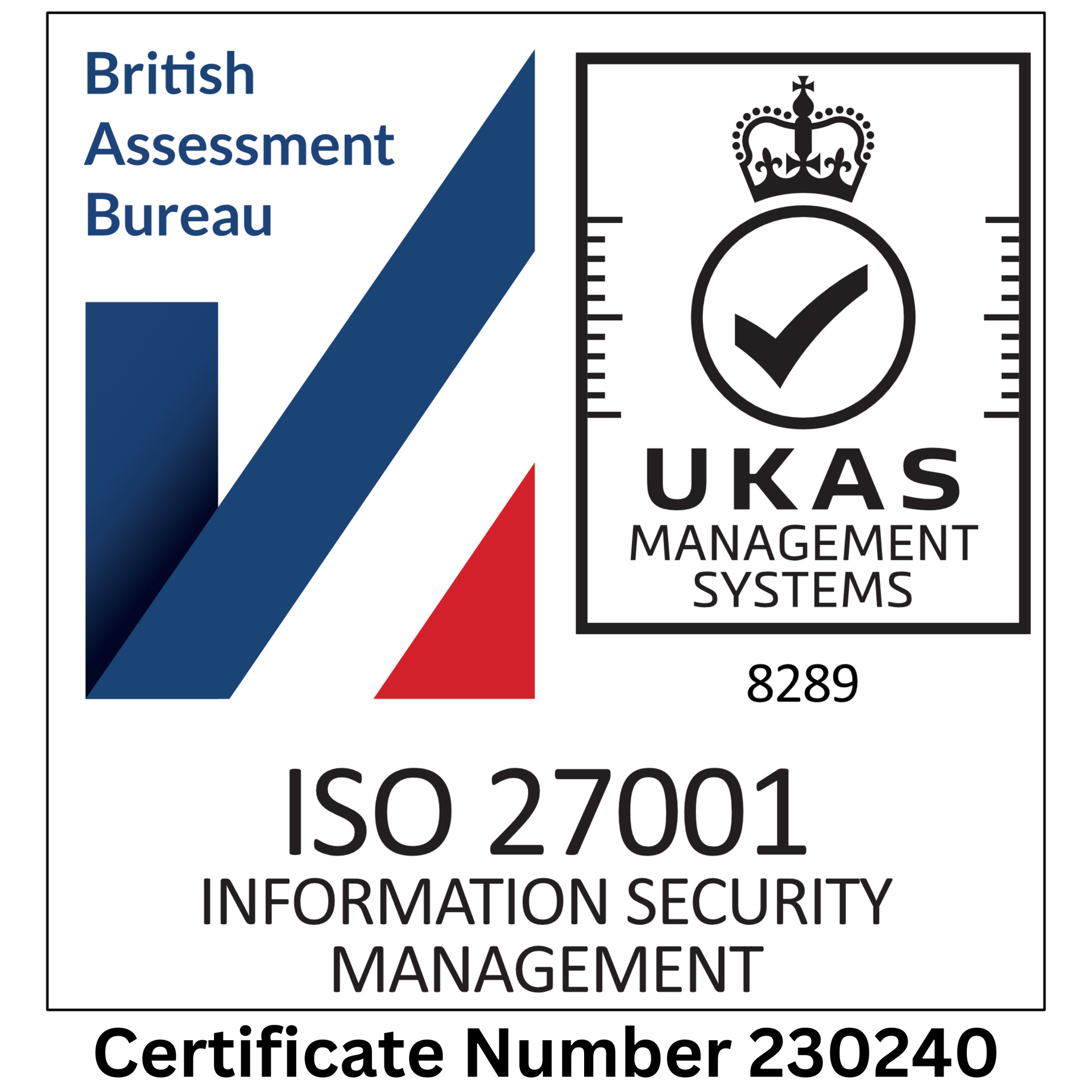What is the true cost of an IT failure?
IT failures cost more than you might think. Learn three ways to calculate the true cost of a failure and safeguard your business from tech disasters.

I once knew a teacher whose local authority bought their entire staff expensive microphones for teaching over Zoom back in 2021. The authority managers, possibly sans the IT department (no one is sure), tested the microphone quality over a telecom call themselves and said everything was working perfectly. The teachers then tested the microphones, and could not get them to work with the new interactive displays the school had bought the previous year. The microphones were never returned – just left, unused, in hundreds of classrooms.
What was the cost of this single failure?
The authority employs roughly 800 teachers. Each teacher was given a microphone (around £75), a camera (£85), and a stand (£40). The total cost for each teacher was £200. At 800 teachers, this cost the school district £160,000 to implement. But because the equipment was not properly vetted by an IT department, all that cost went down the drain.
This is what can happen when an organisation fails to invest in its IT department, either by ignoring its recommendations or not integrating them into the day-to-day activities of the company. This affects an organisation or company not just in their bottom line, but in the overall quality of work from their employees. Those teachers were no fools. They noticed the microphones did not work. And they had access to Google, so they knew the cost of the equipment.
My teacher friend let me know, in no uncertain terms, that this IT failure led to an erosion of the trust between the teachers and their administration – a mistrust that leaked to other aspects of their organisation. The teachers authorised a strike in 2022.
So what was the true cost of that IT failure? Was it £160,000, or was it something more?
This article explores the true cost of an IT failure. Ask any IT employee – which I did for this article – and they'll tell you there are millions of
mechanisms for measuring the cost of an IT failure. So we will be splitting this up into three parts.
Part one deals with the basics, for anyone who has never looked into the methods for how IT failure costs are calculated.
Part two deals with a special method for calculating an IT failure cost, which can be catered to your specific organisational needs.
And Part three looks at IT failure in a way that is different from most cost estimations but remains crucial to understanding the true toll an IT failure can have in your industry.
Part one: the basic costs
Although you can calculate the cost of an IT failure in many different ways, one aspect of the final result remains consistent: the numbers are frightening.
Our example from the introduction showed that a single, routine failure can cost £160,000 in equipment alone. That doesn't even estimate the hours lost to attempted installations and tests (which, if you did it based on the number and teachers and how long it takes to test that kind of equipment, comes out to roughly another £42,000).
This study puts the cost at $5,600 (around £4,600) per minute. And that's an average, which means it costs more for bigger, more complex issues.
Another source showed some countries pay up to $150 billion (£123 billion) annually for IT failures, and the Harvard Business Review estimates that 27% of projects run into some kind of operational failure.
So no matter how you slice it, IT failure is a big deal with a big cost exertion. Mitigating these instances and having a plan in place for when they occur is key. As we've seen, it's one thing to eat the cost of equipment. But for a company running on a tight budget, saving on overtime from repair projects could mean a big difference on the balance sheet.
Without getting into too much jargon, there's a whole field of research dedicated to the different ways IT failure costs can be calculated. This makes sense, since 27% of projects, roughly, deal with an IT failure of some kind. A company can get ahead of IT failure costs in one of two ways, both of which it should consider if it's going to be viable, solvent and scalable in the future.
The first is to create an FMEA (failure method effect analysis) for different systems within its IT department.
This is sort of like how MI6 has a plan for every single invasion scenario that the country could face. Is it likely Bulgaria will invade Wales? No, but creating a spreadsheet for what to do if it happens is prudent, considering the stakes of the situation. The same is true for companies with large IT departments, or companies that outsource their IT solutions. If you have hundreds of headsets, microphones and computers, it's smart to put a plan together for what could happen if they break down, so you can act more swiftly when one of them inevitably does.
What's the second way every organisation should get ahead of their IT failure? As we said in our introduction, it's
vital to invest in your IT department. And if you don't have the resources to staff a 24/7 IT service, see my article on how to choose an IT firm that's right for you.
Part two: the "napkin method"
This section is for anyone looking to illustrate the cost of an IT failure in a way that can be tailored to your organisational needs. If you and your constituents need no more convincing about the importance of IT failure mitigation, you can skip to part three.
You may have heard of a "back of a napkin" calculation. You do them to either impress your snotty friend who thinks you can't do maths or when you need to make a decision but aren't at your laptop.
The thinking man's version of this method is known as a
Fermi Calculation (named after the
late physicist). Fermi developed a method for getting a number within one order of magnitude of relevance, even if you have an extremely large number of unknowns – as he did when developing a lot of his cutting-edge technology. We'll talk about what an order of magnitude is below.
In cost estimation of complex systems such as information technology, there's also an extreme number of unknowns. So, if you need an illustration, a Fermi calculation can help.
An example:
The Y2K bug knocked out about 10 city blocks of power in
Reno, Nevada on January 1st, 2001. How much did this cost? Do we need to do a tonne of research to get close to the answer? No, actually. As long as we're OK with the estimate being within an order of magnitude to the real answer.
Simply guessing (and you'll have to trust I didn't look up the answer until after I did the maths on the back of a napkin):
The city of Reno power station itself probably employs a few hundred workers. Let's say 50 maintenance workers and 50 computer surveillance workers set out to fix the problem – working overtime, as it was a holiday after all, for those three hours. Back then, an average tech probably made £7 to £10 per hour, so let's round it to £8. Equipment probably ran somewhere in the single thousands, since they possibly bought at cost, and the issue was code as opposed to a downed wire. Then there was probably two to five thousand in workage and paperage (back then), to give customers an idea of what was happening. Add an investigation, either internal or external, which probably worked out to about five to ten thousand in work hours.
Multiplying wages and adding it all together from the above paragraph, you get about £16,000. I rounded everything up, so that's the high-end estimate.
How much does it actually cost?
According to
this website (which runs in dollars as opposed to pounds, which I've converted) it can cost between £8,000 and £16,000. No joke. I did
not look it up beforehand.
The key to these, when you sell them to people, is that they are usually within an
order of magnitude of the actual result. So my £16,000 meant that the cost probably wasn't £2,000, and it probably wasn't £200,000. It simply gives you an idea of risk and resources.
Part three: the stuff you can't quantify
The truest cost of an IT failure, I'd argue, is relational.
Think back to the examples I've shared. In a school authority, teachers became distrustful of an administration that didn't even ask them what kind of technology they wanted. The teachers were never asked about the AV equipment they should use during remote teaching in 2021. During Y2K in the US, congressional hearings were held to make sure companies were transparent about fixing a problem that affected millions of people.
And ultimately, that's what an IT failure costs – trust and transparency. So how do you mitigate
that kind of damage?
Thankfully, there are ways to build trust and transparency.
The first is to invest in your IT department. Fund them now, pay for an experienced agency, and it will – as you've seen in this article countless times – pay for itself later.
It's also important to be responsive.
Studies show that a responsive and well-organised IT department can improve business functioning because it allows for better communication and faster anticipation of problems. Responsive IT departments also yield
better customer satisfaction ratings in markets that are high in innovation. Finally,
research also shows information access (there's that need for transparency again) increases the ability of an IT department to be responsive.
This is why a 24/7 IT service is crucial to any business. Choosing the right firm, and having the right technology to make your IT department as flexible and informed as possible, is key to the success of any business.
Chances are, your organisation
will
suffer an IT failure at some point in its history. But if you have the right support, the costs will be minimal, and your business will improve relations with clients given the way things are handled.
What position do
you
want to be in when it happens?
Looking for fast, responsive
IT support? At Yoozoom, we've helped countless companies get back on their feet after catastrophic IT failures.
Get in touch to discover how we can help you too.




















